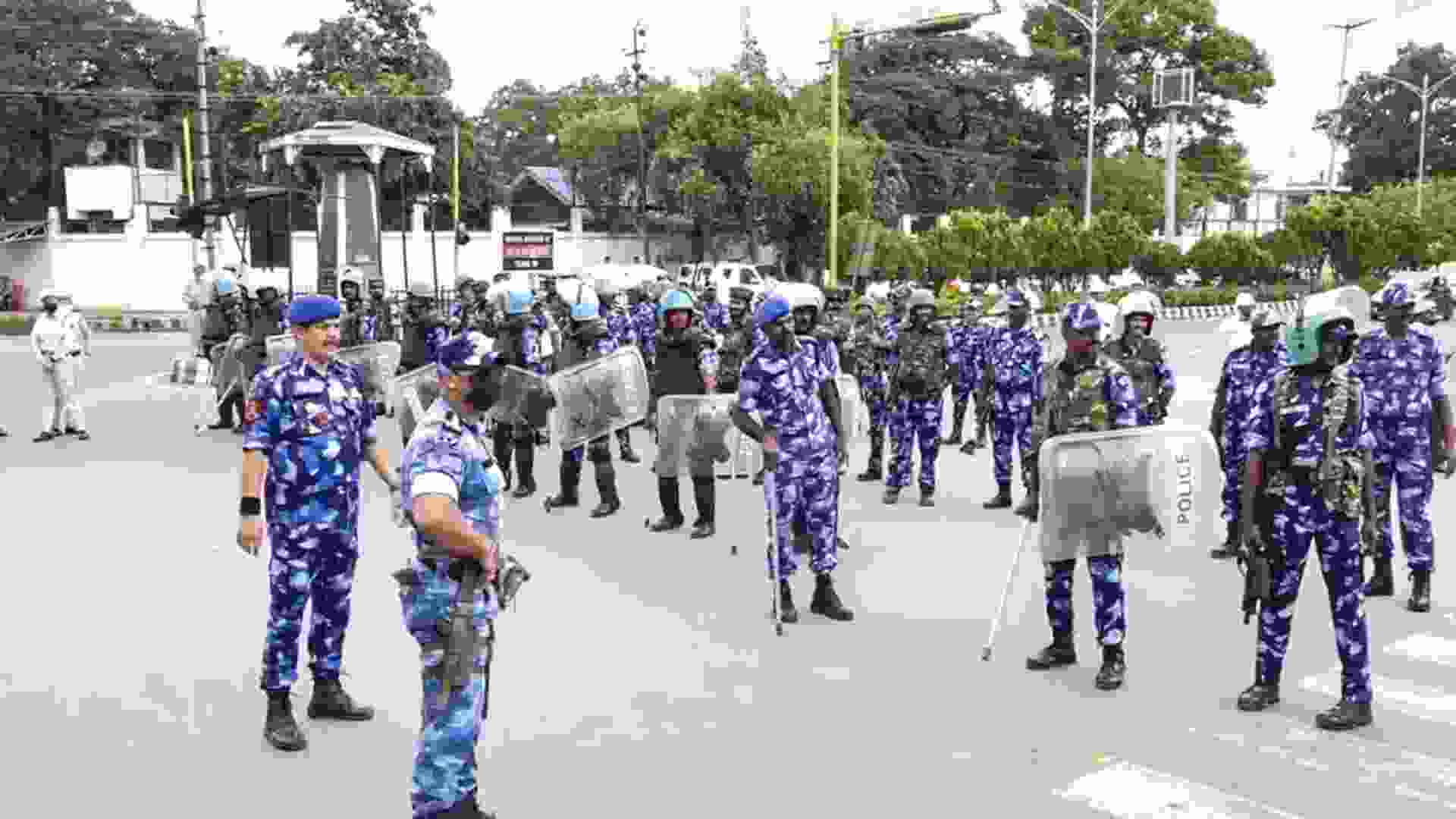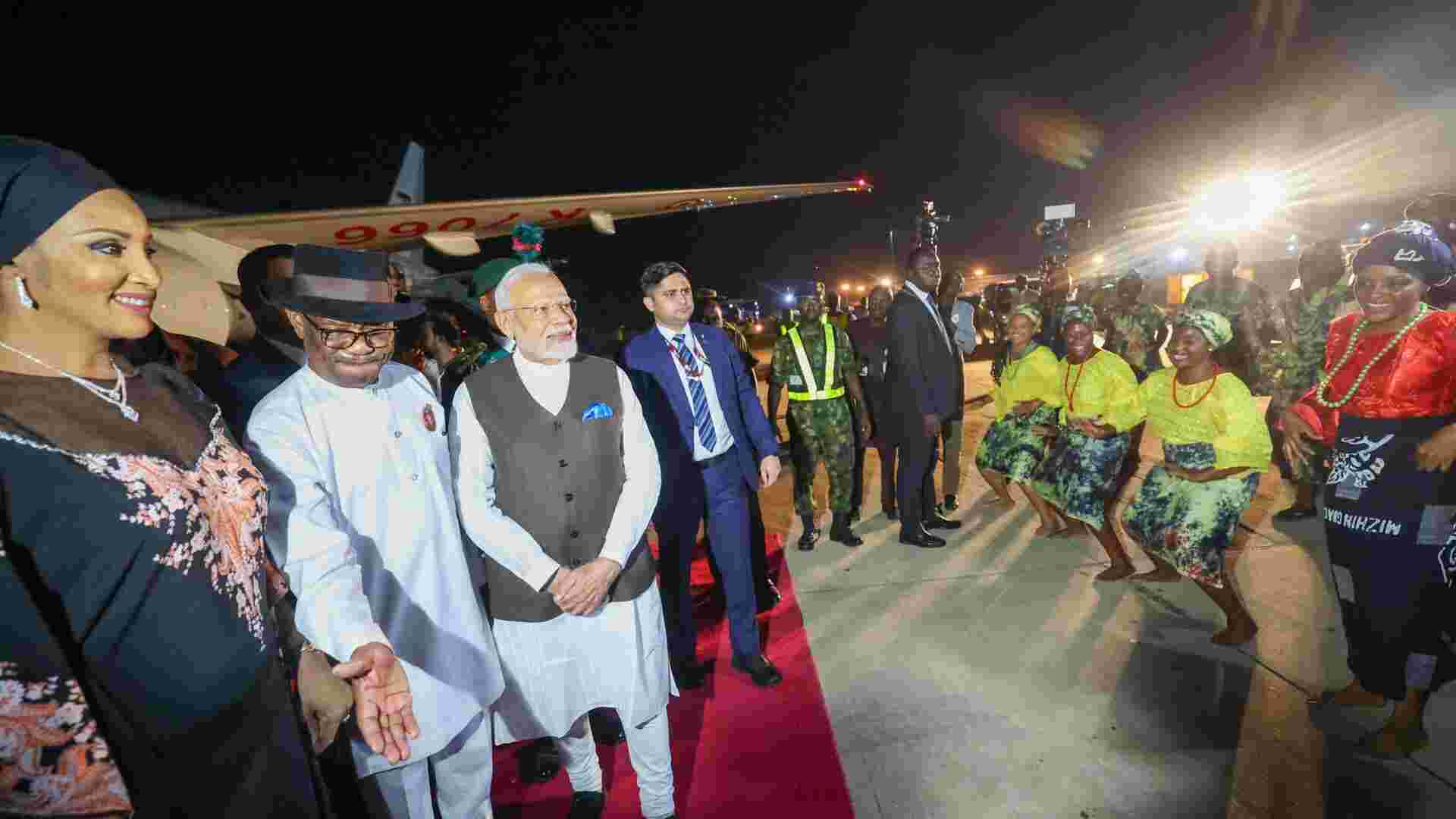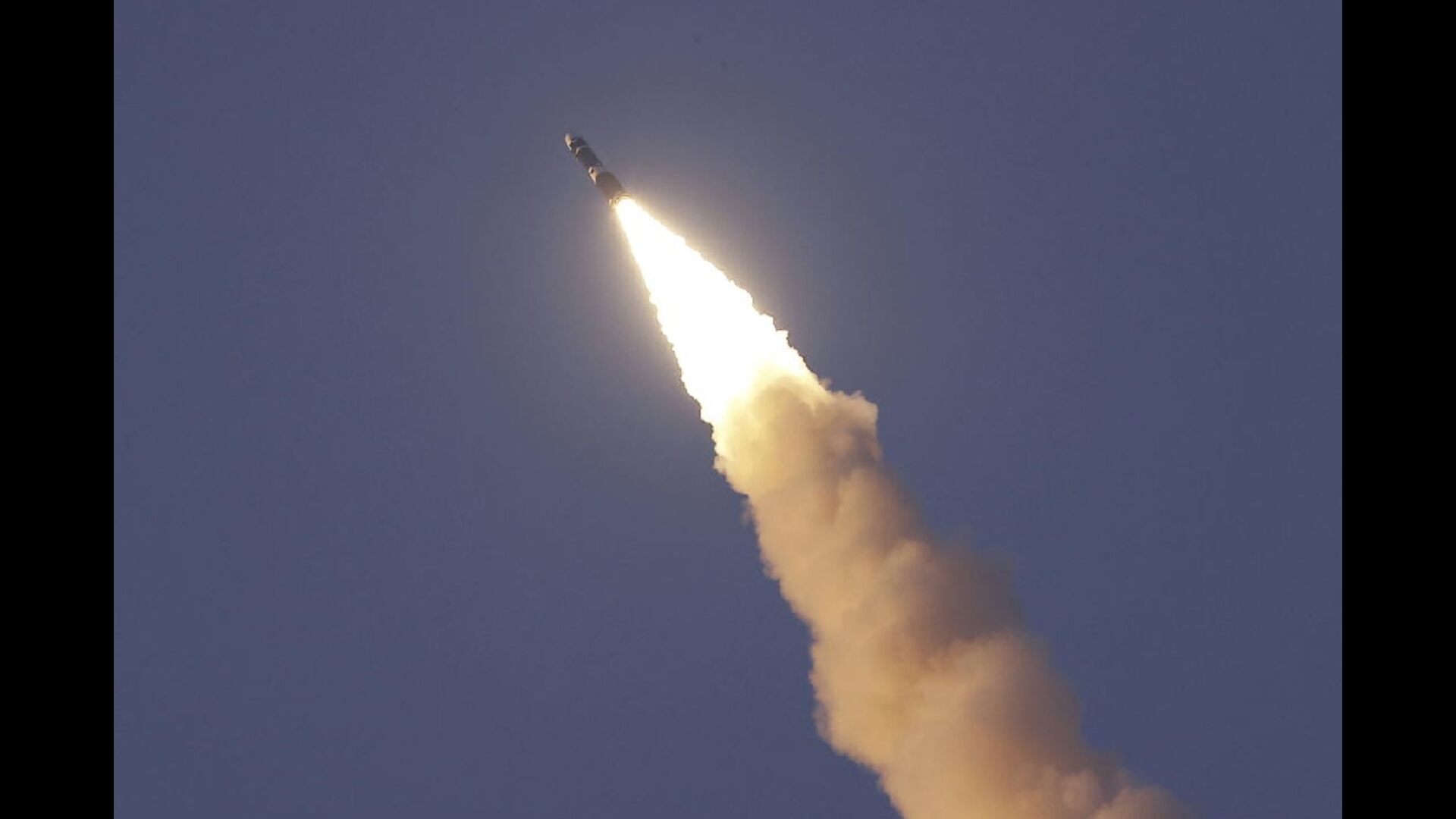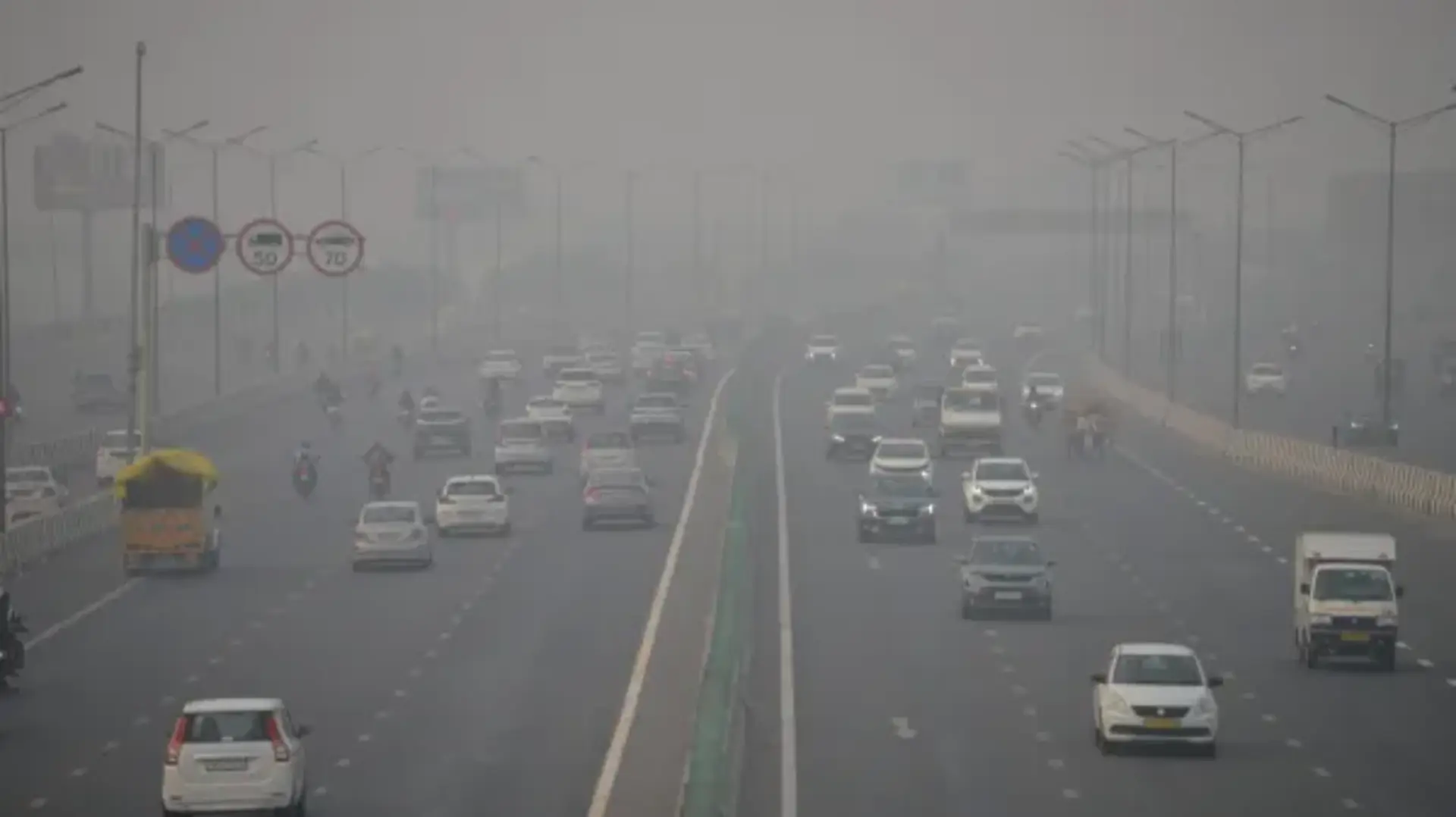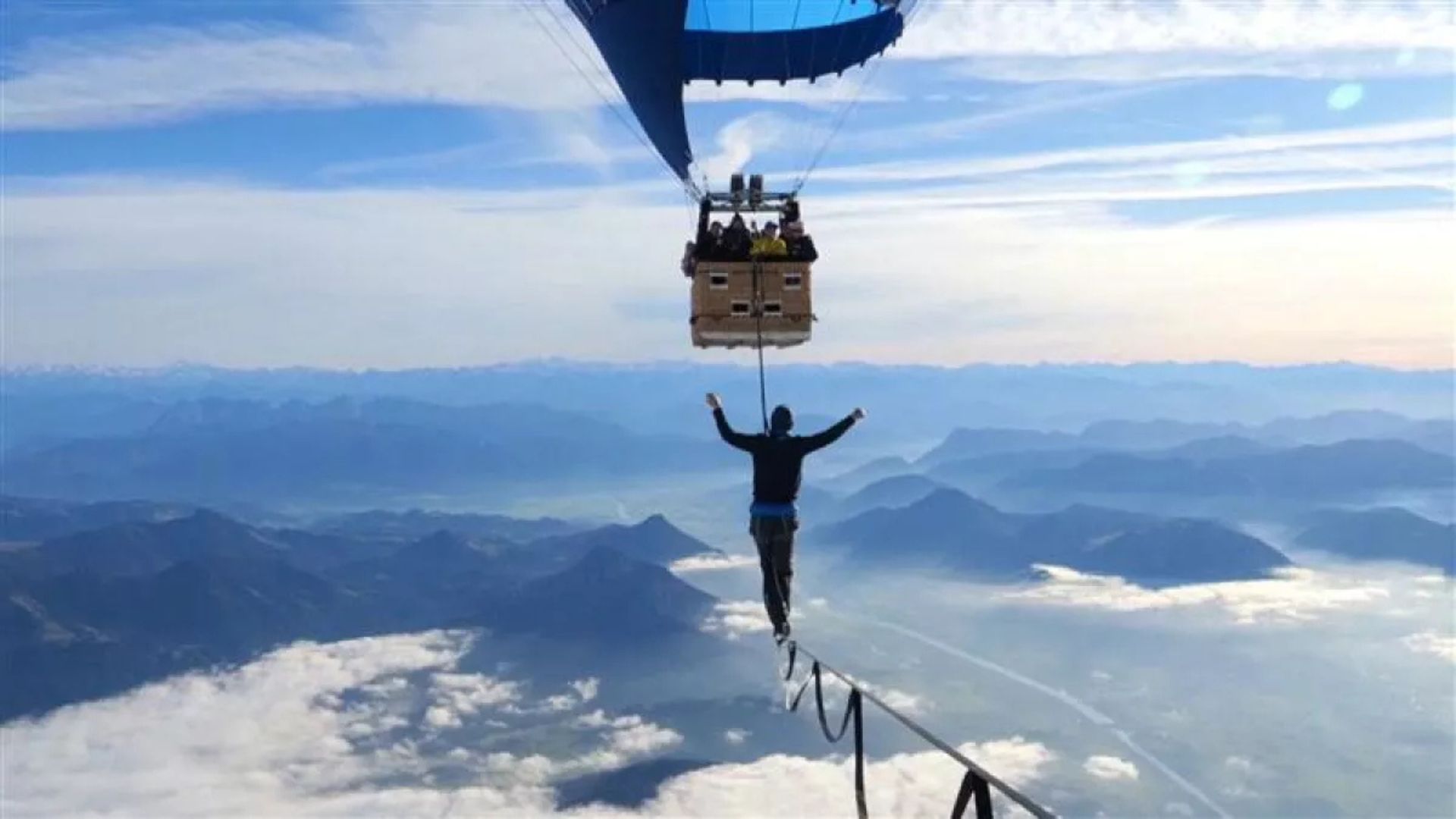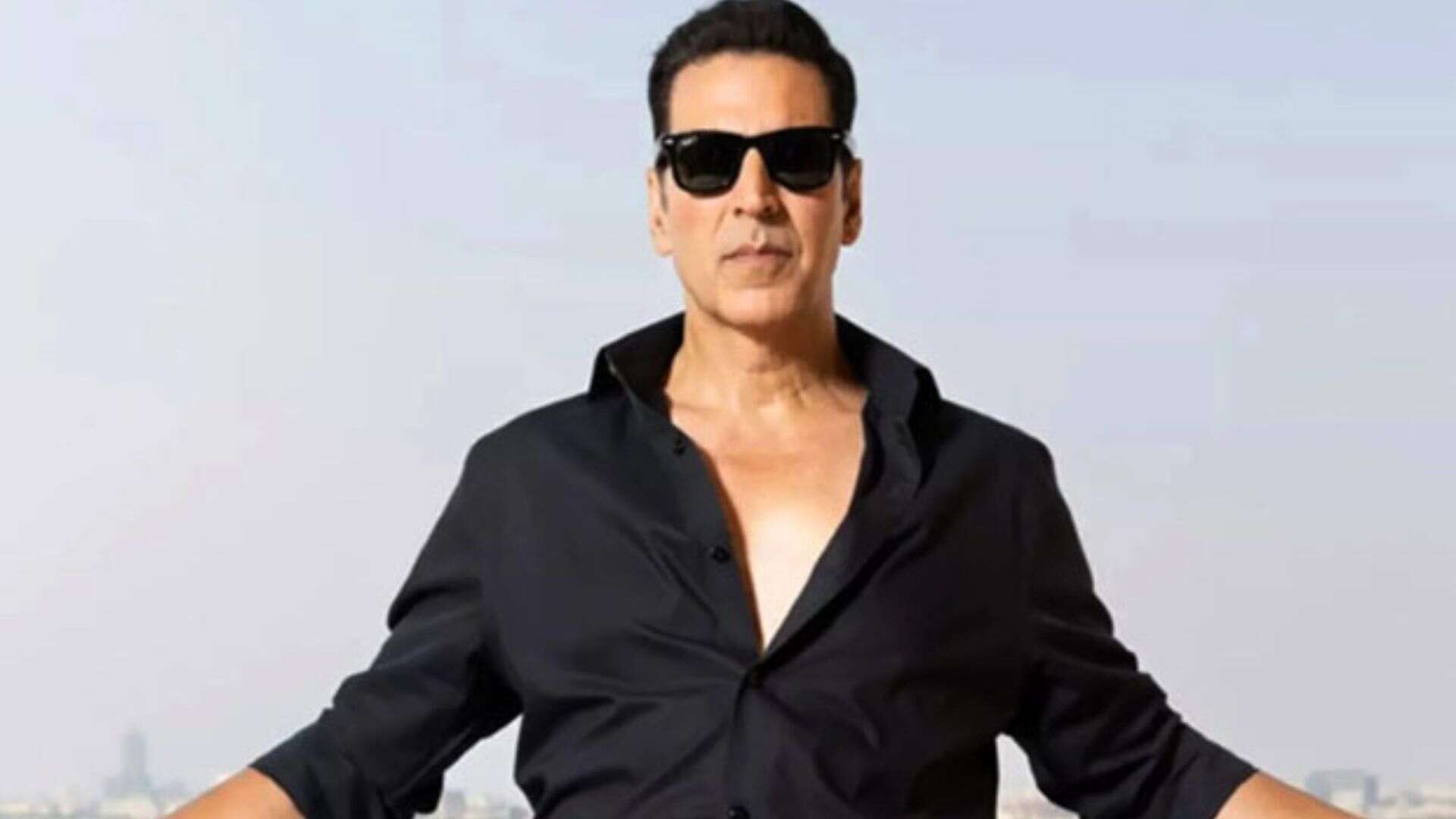
U
nmanned the Remotely Piloted Aerial Vehicles (RPAVs) or Drone has gained significant standing in modern warfare. Drones have witnessed transformation from a mere system of surveillance and reconnaissance to an interceptor and offensive weapon. The Drones are highly effective and favoured tools to counter the radar and navigation system of enemy forces due to their capability to remain stealth by the virtue of capability to fly at very low altitude and slow speed. Since 2015, RPAVs have been extensively used as an offensive weapon by American as well as Israeli Forces in Middle East against the al-Qaeda and ISIS. USA has also used RPAVs loaded missile to kill Ayman al-Zawahiri, the leader of al-Qaeda in a counter-terrorism operation in Kabul on 31 July 2022. Drones have demonstrated their worth during Azerbaijan –Armenia conflict in 2020. The most successful and decisive engagement of RPAVs has been done by Ukraine against the Russian armored and artillery columns during the ongoing Russia–Ukraine conflict which has halted the Russian march effectively.
Considering this paradigm shift and extensive use of the RPAVs by China against India in Eastern Ladakh in June 2020, as well as the drone attack on 27 Jun 2022 on Air Force station in Jammu by alleged Pakistan sponsored terror outfit and frequent Drone supported dropping of arms and ammunition by them on LOC has driven our government to accelerate the process of procurement of Drone. India needs to boost strike capabilities of the armed forces aiming to formulate a befitting response against this growing threat of widespread drone operations by China and Pakistan. There is an impending threat that Pakistan may provide highly advanced Chinese drones to the terror outfits enabling them to use against India. Sensing impending threats, the Govt. of India has initiated an emergency procurement of more than 1000 drones of different capabilities and equipped with latest weapons to modernize armed forces during the last few months. This includes recent approval to procure of 750 drones of different capabilities and configurations. Prior to this govt. initiated procurement of 309 drones last month. Of these 163 drones are likely to be deployed in high-altitude regions where as remaining 200 are to be used in medium-altitude areas to ensure effective short-range surveillance and counter offensive military operations. Earlier in Sep 2021 India had initiated process of emergency procurement of thirty long-endurance-hunter-killer drones MQ-9B predator from the US as an essential and immediate contingency measures. The RPAVs are expected to scan target area as well as capable of providing processed 3D image of the target to the special forces to launch offensive pin point attack on enemy targets to neutralize important military assets logistic support, command and control systems and local leadership in warzone behind the enemy line.
Till now we have been using around 300 Medium Altitude Long Endurance (MALE) Searcher and Heron RPAVs of Israeli origin drones mainly as a tool of surveillance and reconnaissance systems. Though Indian armed forces have been using RPAVs since 1998 once Israeli Searcher Mark 1 was inducted into forces in 1998 despite operational limitations of altitude ceilings, endurance, duration of airborne period and payload. However later on India had acquired Searcher Mark II and Heron RPAVs to cope up with the necessity of military operations at high altitude. Heron has a capacity of take off weight of 1150 kg inclusive 250 kg payload of sensors above 9000 meters. It may continue to provide surveillance input to the ground forces up to the period of 30 to 52 hours at a stretch. Smaller RPAVs having functional range of 15 km are highly effective and beneficial to the Artillery units in High altitude as they can effectively provide tactical over the hill surveillance .Medium Altitude logistic drones are capable of carrying 20kg pay load and overall weight of around 100 kg. Whereas UAV at high altitude should be able to carry payload of around 15 kgs. Assault drones are of very high technology and can be used as a weapon of mass destruction.
DRDO in collaboration with the Aeronautical Developmental Establishment (ADE) Bengaluru has developed Catapult launched RPAVs to meet with specific operational need of armed forces in all terrains, sea and air. DRDO is also working on Indianization of RPAVs of different pay load and operations capabilities.
The efficacy of RPAV depends upon its speed, altitude of operation ,pay load ,navigation system ,stealth configuration against radar and striking capacity and weaponry systems attached to it .RPAVs becomes lethal once clubbed missiles ,laser guided bombs, weaponized helicopters, night vision devices , high-end cameras and synthetic aperture radar to capture the movement of ground forces ,armored and artillery columns .The Government is intended to achieve around 60 percent indigenous components in RPAV to push technology transfer and Atmanirbhar Bharat . These drones are going to be cost effective that to maintain higher order of efficiency and functional capabilities of long range strikes along with loitering of munitions like any suicide Drone to hit the target with explosives .Such type of Kamikaze drones have been used during ongoing Russia – Ukraine conflict. Since we have same Russian air crafts in our inventory, IAF may also use these drones to augment our air defence and surveillance activities .Military drones are highly complex , expensive , their cost ranging up to two million dollars each and needs expensive maintenance. Hence there is an emerging trend to use small commercial model drones in military operations. These commercial drone are readily available at much cheaper cost of around 1500 dollar only and easy to produce by any country. These commercial drones can be fitted with small bombs and preferred to target enemy troops in a direct attack on small column.
Undoubtedly future wars will be of hybrid in nature and far different than existing trends of conventional warfare. Such military operations will exclusively be revolved around on extensive use of artificial intelligence in all the spheres of war, heavy dependency upon cyber, space, nuclear and missile technology that to clubbed with unmanned weapon systems. Electronic jammer system against low flying slow objects will be very crucial to succeed. Therefore, Early recognition, quick interception and to destroy them before any RPAV attack on military targets will remain most important aspect of defensive mechanism. Hence Country needs to develop a highly comprehensive system to counteract offensive operations led by Remotely Piloted Aerial Vehicles (RPAV). Drones will be integral part of each and every military unit irrespective of Army, Air force or Navy in future. It is expected that we should have at least 5000 RPAV of different variants within next Ten years so as to attain effective combat capabilities to meet with future challenges. However strong synergy among all three services will remain of immense use to gain maximum benefit of technology and resources. In true sense future of next generation warfare will revolve on unmanned technology in all the spheres of warfare irrespective of space, aerial, surface or maritime operations.
Major General J.K.S. Parihar is a former Additional Director General, AFMS and
Expert on Defence and international strategic affairs.
